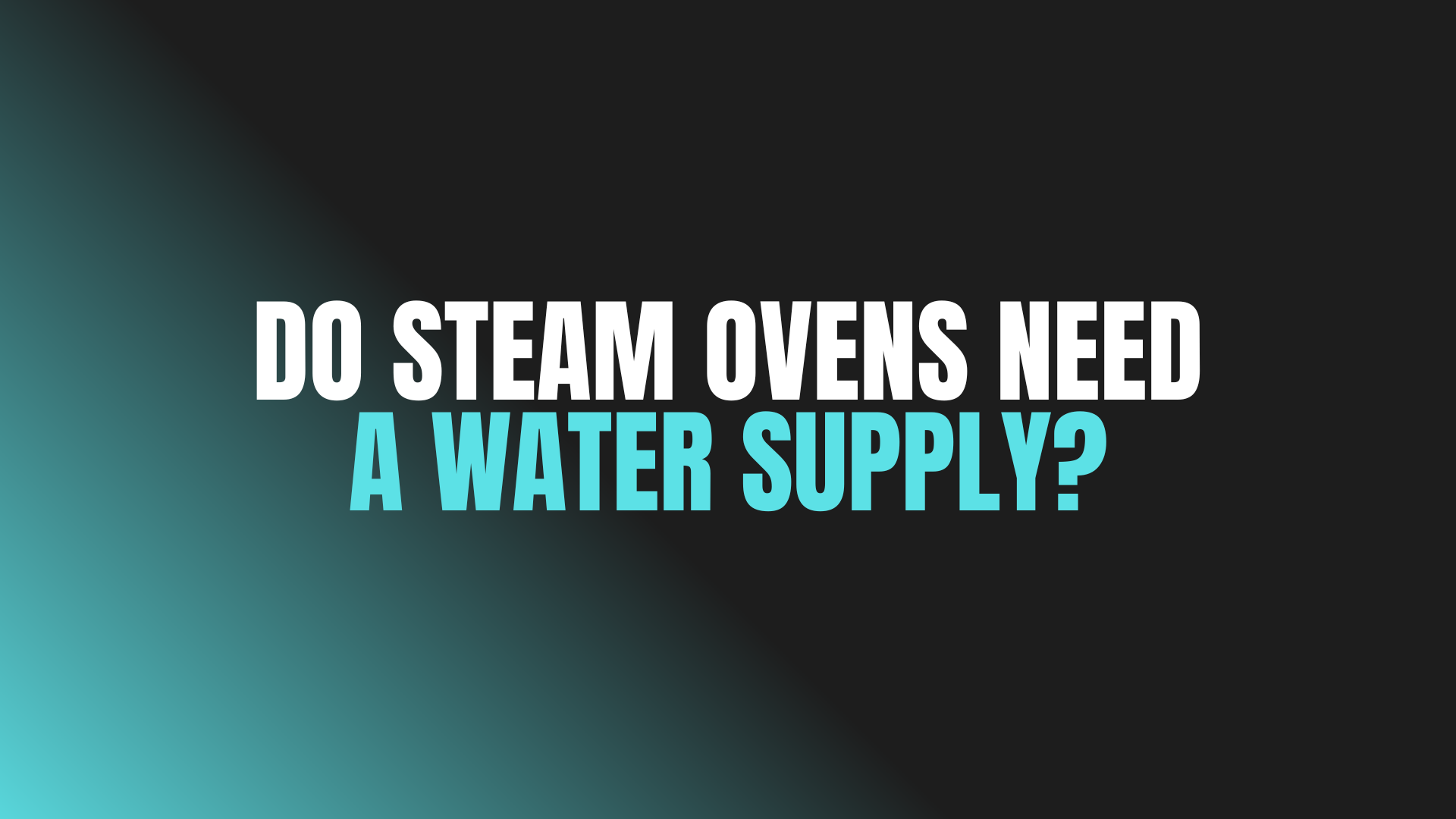
Question: Do Steam Ovens Need a Water Supply?
Answer: Whether or not steam ovens need a water supply depends on the model. There are two types:
Understanding Steam Oven Water Requirements
Steam ovens offer a healthy and flavourful way to cook food. They use steam to cook, retaining nutrients and moisture. Many people considering a steam oven wonder about water supply requirements. This article addresses the question: Do steam ovens need a water supply? Explore the two main types of steam ovens – plumbed and non-plumbed – examining their functionalities, benefits, and drawbacks. We explain how each type manages water, and offer guidance for choosing the best option for your needs. We also cover installation considerations, maintenance tips, and answer frequently asked questions, providing a clear picture of steam oven water usage.
This knowledge empowers you to make an informed decision when selecting a steam oven for your kitchen. Whether you are a culinary enthusiast or a health-conscious individual, understanding steam oven water requirements helps you choose the perfect appliance. You’ll discover how this modern cooking appliance can elevate your culinary experience.
Plumbed Steam Ovens: Direct Water Connection
Plumbed steam ovens connect directly to your home’s water supply. This connection provides a continuous flow of fresh water for steam generation. Installation requires a plumber to connect the oven to a water line. This type of steam oven offers convenience, as you never need to refill a water tank.
Plumbed steam ovens ensure consistent steam production for optimal cooking results. The constant supply of fresh water eliminates concerns about mineral buildup. This leads to less frequent descaling and easier maintenance. With a plumbed steam oven, you gain uninterrupted cooking power for even the most demanding recipes.
This type of steam oven best suits individuals who use their steam oven frequently. The direct water connection simplifies the cooking process, reducing the need for manual intervention.
Click here for more information on kitchen cabinet refacing Toronto
Related Article: Where Does the Water Go in a Steam Oven?
Related Article: What Is the Difference Between a Steamer and a Steam Oven?
Choosing the Right Steam Oven: Plumbed vs. Non-Plumbed
Choosing between a plumbed and non-plumbed steam oven depends on individual needs and preferences. Consider your cooking habits, kitchen layout, and budget. Plumbed steam ovens offer convenience and consistent steam, ideal for frequent use. Non-plumbed steam ovens provide flexibility and simpler installation, suitable for less frequent use or limited plumbing access.
Evaluate your available space and existing plumbing. If you have the necessary plumbing infrastructure and regularly use a steam oven, a plumbed model offers the best performance. If you have limited space or prefer a simpler setup, a non-plumbed model remains a practical choice.
Your budget also plays a role in the decision-making process. Non-plumbed ovens typically have a lower initial purchase price. Plumbed ovens require professional installation, adding to the upfront cost, but offer long-term convenience.
Related Article: Should I Use Distilled Water in My Steam Oven?
Installation and Maintenance for Steam Ovens
Installing a plumbed steam oven requires professional plumbing services. A qualified plumber will connect the oven to your home’s water supply, ensuring proper installation and safe operation. For non-plumbed ovens, installation is simpler. You only need to place the oven near an electrical outlet and fill the water reservoir.
Regular maintenance is crucial for both types of steam ovens. This includes descaling to remove mineral buildup. Plumbed models generally require less frequent descaling than non-plumbed models due to the continuous supply of fresh water. Wipe the interior of the oven after each use to maintain cleanliness.
Consult your steam oven’s user manual for specific maintenance recommendations. Following the manufacturer’s instructions ensures optimal performance and longevity.
Common Questions about Steam Oven Water Usage
We often receive questions about steam oven water usage. One common question is, “Can I use tap water in my steam oven?” Generally, using filtered water is best to minimize mineral buildup and extend the lifespan of your appliance. However, check your manufacturer’s recommendations for water type.
Another common question is, “How much water does a steam oven use?” The water consumption depends on the oven model and the chosen cooking program. Plumbed ovens draw water directly from the supply as needed, while non-plumbed ovens use the water in the reservoir.
Understanding the water usage helps you manage your resources effectively. Consistent maintenance practices like regular cleaning and descaling contribute to the optimal performance and longevity of your steam oven.
Steam Ovens: Elevating Your Culinary Experience
Steam ovens represent a significant advancement in kitchen technology, providing a healthier and more efficient way to cook. They offer precise temperature control, preserving nutrients and flavour. Understanding the different types of steam ovens and their water requirements helps you choose the right appliance for your needs.
Whether you opt for a plumbed model with its continuous water supply or a non-plumbed model with its refillable reservoir, a steam oven offers a versatile cooking method. From steaming vegetables to baking bread, this appliance expands your culinary possibilities and simplifies meal preparation.
Conclusion
By understanding the key differences between plumbed and non-plumbed models, you can select the steam oven that best suits your cooking style, kitchen layout, and budget. Investing in a steam oven elevates your culinary experience, promoting healthier eating habits and expanding your cooking repertoire.
Consider your lifestyle and preferences when making your decision. Research different brands and models, comparing features and specifications. With the right information and careful consideration, you can select the perfect steam oven to enhance your kitchen and cooking experience.

Blue Malue Get in touch with Blue here.
